From Theory to Practice: An Adaptive Development of Design Education
Abstract
:1. Introduction
2. Literature Review on Design Education and Design Theory
2.1. The Challenge and Direction of Design Education
2.2. Man-Machine System Design: Human Factors
2.3. User-Centered Design: Human Actors
2.4. User Experience Design: Cultural Aspects
3. Case Study on Design Practice
3.1. Case A: REACH Toothbrush
3.2. Case B: IEF Wearable Computer
3.3. Case C: Linnak Twin-Cup
4. Discussion
4.1. Interrelations of Design Education between Theory and Practice
4.2. Transfromation of the Archetyhpal Model
4.3. Design Evolution and Contextual Stages
5. Conclusions
5.1. The Merging of Man and Machine
5.2. The Trade-Off between Technology and Humanity
5.3. The Adaptability of Design Education
Author Contributions
Funding
Institutional Review Board Statement
Informed Consent Statement
Data Availability Statement
Acknowledgments
Conflicts of Interest
References
- Lin, R. The Influence of Bauhaus Style on Taiwan Design Education. In Proceedings of the International Symposium to Commemorate the 90th Anniversary of Bauhaus, New Taipei City, Taiwan, 7 December 2009; Fu Jen Catholic University Press: New Taipei, Taiwan, 2009; pp. 59–76. [Google Scholar]
- Yen, H.Y.; Lin, C.L.; Lin, R. From ergonomic design to cultural ergonomics: A review based on a design educator’s research. J. Commer. Des. 2018, 22, 39–58. [Google Scholar]
- Naisbitt, J. Megatrends: Ten New Directions Transforming Our Lives; Warner Books: New York, NY, USA, 1982. [Google Scholar]
- Nokia. Nokia Business Review 1998. Available online: https://web.lib.aalto.fi/fi/old/yrityspalvelin/pdf/1998/enokia.pdf (accessed on 14 July 2021).
- Lin, R. Technology always comes from humanity? Sci. Dev. 2003, 368, 12–17. [Google Scholar]
- Nokia. Inspired Human Technology. White Paper. 2005. Available online: https://www.nokia.com/ (accessed on 16 July 2021).
- Petruzzellis, L. From Hi Tech to Hi Touch: The Emotional Way to Technology; University of Bari Press: Bari, Italy, 2015; p. 445. [Google Scholar]
- Schaefer, D.; Coates, G.; Eckert, C. (Eds.) Design Education Today: Technical Contexts, Programs and Best Practices; Springer: Cham, Switzerland, 2019. [Google Scholar] [CrossRef]
- Meyer, M.W.; Norman, D. Changing Design Education for the 21st Century. She Ji J. Des. Econ. Innov. 2020, 6, 13–49. [Google Scholar] [CrossRef]
- Lysenko, I.; Stepenko, S.; Dyvnych, H. Indicators of regional innovation clusters’ effectiveness in the higher education system. Educ. Sci. 2020, 10, 245. [Google Scholar] [CrossRef]
- Jardim, J. Entrepreneurial Skills to Be Successful In the Global and Digital World: Proposal for a Frame of Reference for Entrepreneurial Education. Educ. Sci. 2021, 11, 356. [Google Scholar] [CrossRef]
- Wang, G.; Yu, L. Characteristic and Enlightenment on Universities Collaborative Innovation Mode of Japan Shikoku Area. Educ. Sci. 2019, 9, 257. [Google Scholar] [CrossRef] [Green Version]
- Ruoslahti, H. Complexity in project co-creation of knowledge for innovation. J. Innov. Knowl. 2020, 5, 228–235. [Google Scholar] [CrossRef]
- Metallo, C.; Agrifoglio, R.; Briganti, P.; Mercurio, L.; Ferrara, M. Entrepreneurial Behaviour and New Venture Creation: The Psychoanalytic Perspective. J. Innov. Knowl. 2021, 6, 35–42. [Google Scholar] [CrossRef]
- Ali, I. Personality traits, individual innovativeness and satisfaction with life. J. Innov. Knowl. 2019, 4, 38–46. [Google Scholar] [CrossRef]
- Lin, C.; Huang, J.; Lin, R. From STEAM to CHEER: A Case Study of Design Education Development in Taiwan. Educ. Sci. 2021, 11, 171. [Google Scholar] [CrossRef]
- Cross, N. Design Thinking: Understanding How Designers Think and Work; Berg: Oxford, UK; Bloomsbury: New York, NY, USA, 2011; ISBN1 978 184788 6378. ISBN2 978 1847886361. [Google Scholar]
- Arends, R.I. Learning to Teaching, 6th ed.; McGraw-Hill: New York, NY, USA, 2004. [Google Scholar]
- Kolb, D.A. Experiential Learning: Experience as the Source of Learning and Development, 2nd ed.; Pearson Education: Upper Saddle River, NJ, USA, 2015. [Google Scholar]
- Grudin, J. The Computer Reaches Out: The Historical Continuity of Interface Design. In Proceedings of the CHI ’90, Seattle, WA, USA, 1–5 April 1990; pp. 261–268. [Google Scholar]
- Levy, S. Graphical User Interface. Britannica. 2018. Available online: https://www.britannica.com/technology/graphical-user-interface (accessed on 16 May 2021).
- Hutchins, E.L.; Hollan, J.D.; Norman, D.A. Direct Manipulation Interface. Hum.-Comput. Interact. 1985, 1, 311–338. [Google Scholar] [CrossRef]
- Howard, W.S. WYSIWYG Poetics: Reconfiguring the Fields for Creative Writers and Scholars. J. Electron. Publ. 2011, 14. [Google Scholar] [CrossRef]
- PARC, A Legacy of Inventing the Future 1973: Alto PC. 2021. Available online: https://www.parc.com/about-parc/parc-history/ (accessed on 8 August 2021).
- Kreifeldt, J.G. Toward a theory of man–tool system design applications to the consumer product area. In Proceedings of the HFS 18th Annual Meeting, Hundsville, AL, USA, 1 October 1974; pp. 301–309. [Google Scholar]
- Kreifeldt, J.G.; Hill, P.H. The Integration of human factors and industrial design for consumer products. In Proceedings of the Human Factors Society Annual Meeting, Los Angeles, CA, USA, 1 July 1976; Volume 20, pp. 108–112. [Google Scholar]
- Kreifeldt, J.G. Consumer product design projects for human factors Classes. In Proceedings of the Human Factors Society Annual Meeting, Los Angeles, CA, USA, 1 October 1982; Volume 26, pp. 735–739. [Google Scholar]
- Lin, R.; Kreifeldt, J.G. Ergonomics in wearable computer design. Int. J. Ind. Ergon. 2001, 27, 259–269. [Google Scholar] [CrossRef]
- Cole, M. Cultural psychology: A one and future discipline? Nebr. Symp. Motiv. 1989, 37, 279–335. [Google Scholar] [PubMed]
- Norman, D.A. Cognitive artifact. In Designing Interaction; Carroll, J.M., Ed.; Cambridge University Press: Cambridge, UK, 1991. [Google Scholar]
- Norman, D.A.; Draper, S. (Eds.) User Centered System Design: New Perspectives on Human-Computer Interaction; Erlbaum: London, UK, 1986. [Google Scholar]
- Pea, R.D. User Centered System Design: New Perspectives on Human-Computer Interaction. J. Educ. Comput. Res. 1987, 3, 129–134. [Google Scholar]
- Bannon, L.J. From human factors to human actors: The role of psychology and human-computer interaction studies in systems design. In Design at Work: Cooperative Design of Computer Systems; Greenbaum, J., Kyng, M., Eds.; Lawrence Erlbaum Associates: Hillsdale, MI, USA, 1991; pp. 25–44. [Google Scholar]
- Norman, D.A. Emotional Design: Why We Love (or Hate) Everyday Things; Basic: New York, NY, USA, 2004. [Google Scholar]
- Norman, D.A.; Ortony, A.; Russell, D.M. Affect and machine design: Lessons for the development of autonomous machines. IBM Syst. J. 2003, 42, 38–44. [Google Scholar] [CrossRef]
- Kraft, C. User Experience Innovation; Apress: New York, NY, USA, 2012; ISBN 978-1-4302-4150-8. (eBook). [Google Scholar]
- Mirning, A.G.; Meschtscherjakov, A.; Wurhofer, D.; Meneweger, T.; Tscheligi, M. A Formal Analysis of ISO 9241-210 Definition of User Experience. In Proceedings of the CHI ’15 Extended Abstracts, Seoul, Korea, 18–23 April 2015; pp. 437–450. [Google Scholar]
- ISO 9241-210:2019. Ergonomics of Human System Interaction—Part 210: Human Centered Design for Interactive Systems (Formerly Known as 13407); International Organization for Standardization (ISO): Geneva, Switzerland, 2019; Available online: https://www.iso.org/standard/77520.html (accessed on 12 August 2021).
- Bruner, J.S.; Olver, R.R.; Greenfield, P.M. Studies in Cognitive Growth; Wiley: New York, NY, USA, 1966. [Google Scholar]
- Cole, M.; Griffin, P. Cultural amplifiers reconsidered. In The Social Foundations of Language and Thought; Olson, D.R., Ed.; Norton: New York, NY, USA, 1980. [Google Scholar]
- Kaplan, M. Introduction: Adding a cultural dimension to human factors. In Cultural Ergonomics; Kaplan, M., Ed.; ELSEVIER: Kidlington, UK, 2004. [Google Scholar]
- Moalosi, R.; Popovic, V.; Hickling-Hudson, A. Culture-orientated product design. Int. J. Technol. Des. Educ. 2010, 20, 175–190. [Google Scholar] [CrossRef]
- Kreifeldt, J.; Taru, Y.; Sun, M.X.; Lin, R. Cultural ergonomics beyond culture-the collector as consumer in cultural product design. In International Conference on Cross-Cultural Design; Springer: Cham, Switzerland, 2016; pp. 355–364. [Google Scholar]
- Kolus, A.; Wells, R.; Neumann, P. Production quality and human factors engineering: A systematic review and theoretical framework. Appl. Ergon. 2018, 73, 55–89. [Google Scholar] [CrossRef]
- Lin, R.; Kreifeldt, J.G. Do Not Touch: Dialogues between Dechnology and Humart; Rungtai Lin: New Taipei City, Taiwan, 2014; ISBN 978-957-43-1811-7. [Google Scholar]
- Kreifeldt, J.G.; Hill, P.H.; Calisti, L.J. A systematic study of plaque removal efficiency of worn toothbrushes. J. Dent. Res. 1980, 59, 2047–2055. [Google Scholar] [CrossRef]
- REACH. Available online: https://reachtoothbrush.com/ (accessed on 14 August 2021).
- Lin, R.T. Transforming Taiwan aboriginal cultural features into modern product design: A case study of a cross-cultural product design model. Int. J. Des. 2007, 1, 47–55. [Google Scholar]
- Lin, R.; Lin, P.H.; Shiao, W.S.; Lin, S.H. Cultural aspect of interaction design beyond human-computer interaction. In Proceedings of the Third International Conference, IDGD 2009, Held as Part of HCI International 2009, San Diego, CA, USA, 19–24 July 2009; pp. 49–58. [Google Scholar]
- Leong, D.; Clark, H. Culture-based knowledge towards new design thinking and practice: A dialogue. Des. Issues 2003, 19, 48–58. [Google Scholar] [CrossRef]
- Ho, M.C.; Lin, C.H.; Liu, Y.C. Some speculations on developing cultural commodities. J. Des. 1996, 1, 1–15. [Google Scholar]
- Lin, C.L.; Chen, S.J.; Hsiao, W.H.; Lin, R. Cultural ergonomics in interactional and experiential design: Conceptual framework and case study of the Taiwanese twin cup. Appl. Ergon. 2016, 52, 242–252. [Google Scholar] [CrossRef] [PubMed]
- Chen, C.L. Woodcarving of the Paiwan Group of Taiwan; SMC: Taipei, Taiwan, 1961. [Google Scholar]
- Chiang, I.Y.; Lin, R.; Lin, P.H. Placemaking with Creation: A Case Study in Cultural Product Design. In Cross-Cultural Design. Experience and Product Design Across Cultures. HCII 2021. Lecture Notes in Computer Science; Rau, P., Ed.; Springer: Cham, Switzerland, 2021; Volume 12771. [Google Scholar] [CrossRef]
- Lin, R. The Relationship Between Cultural Product and Dechnology. Sci. Dev. 2005, 396, 68–75. [Google Scholar]
- Lin, R.; Kreifeldt, J.G.; Hung, P.H.; Chen, J.L. From Dechnology to Humart—A Case Study of Taiwan Design Development. In Cross-Cultural Design Applications in Mobile Interaction, Education, Health, Transport and Cultural Heritage. CCD 2015. Lecture Notes in Computer Science; Rau, P., Ed.; Springer: Cham, Switzerland, 2015; Volume 9181. [Google Scholar] [CrossRef]
- Hsu, C.H.; Chang, S.H.; Lin, R. A design strategy for turning local culture into global market product. Int. J. Affect. Eng. Kansei Eng. Int. J. 2013, 12, 275–283. [Google Scholar] [CrossRef] [Green Version]
- Hsu, C.H.; Fan, C.H.; Lin, J.Y.; Lin, R. An investigation on consumer cognition of cultural design products. Bull. Jpn. Soc. Soi. Des. 2014, 60, 39–48. [Google Scholar]
- Giddens, A. The Constitution of Society: Outline of the Theory of Structuration; University of California Press: Berkeley, CA, USA; Los Angeles, CA, USA, 1984. [Google Scholar]
- Dvir, R.; Pasher, E.; Sekely, G.; Levin, M. Hi-Tech Hi Touch Approach to Wearable Computing. 2005. Available online: https://www.semanticscholar.org/paper/Hi-Tech-Hi-Touch-Approach-to-Wearable-Computing-Dvir/5c2600d579ca73717f170adbbdae748f37dd7ca3 (accessed on 14 July 2021).

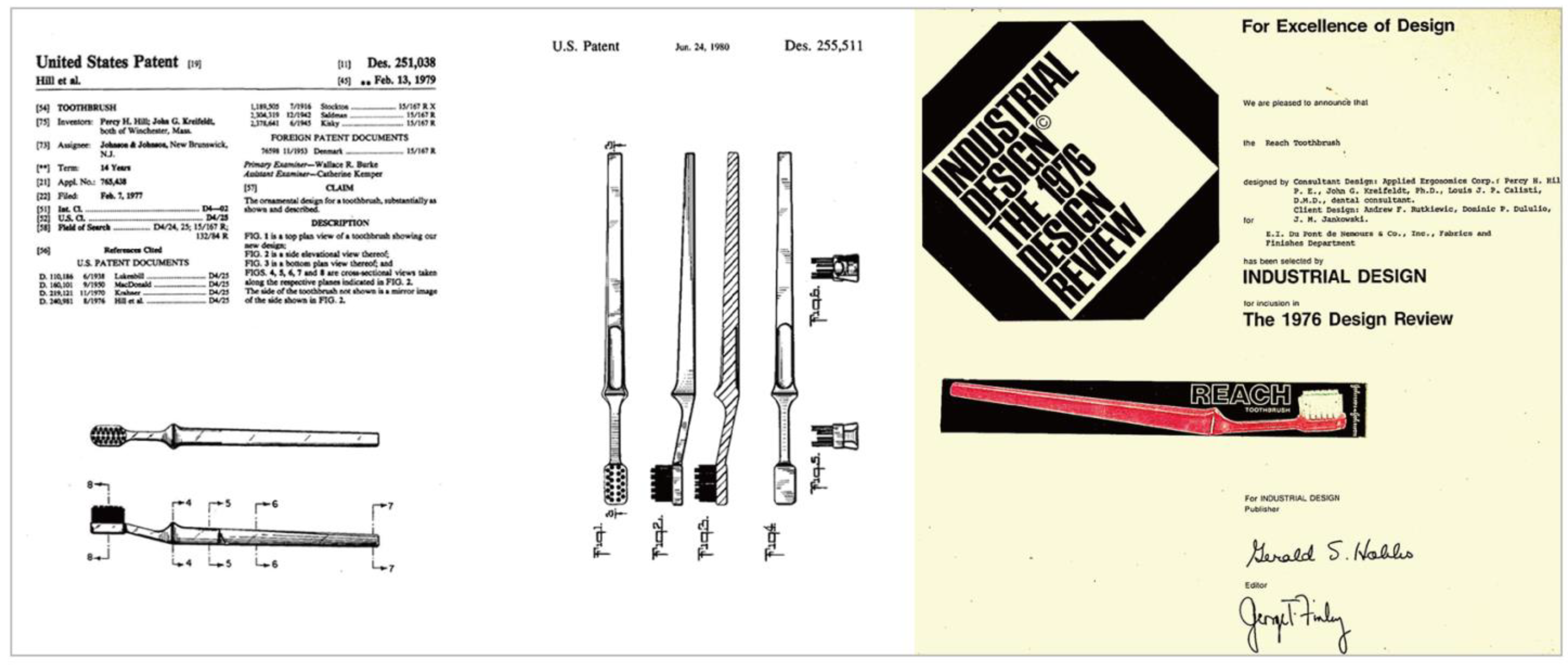
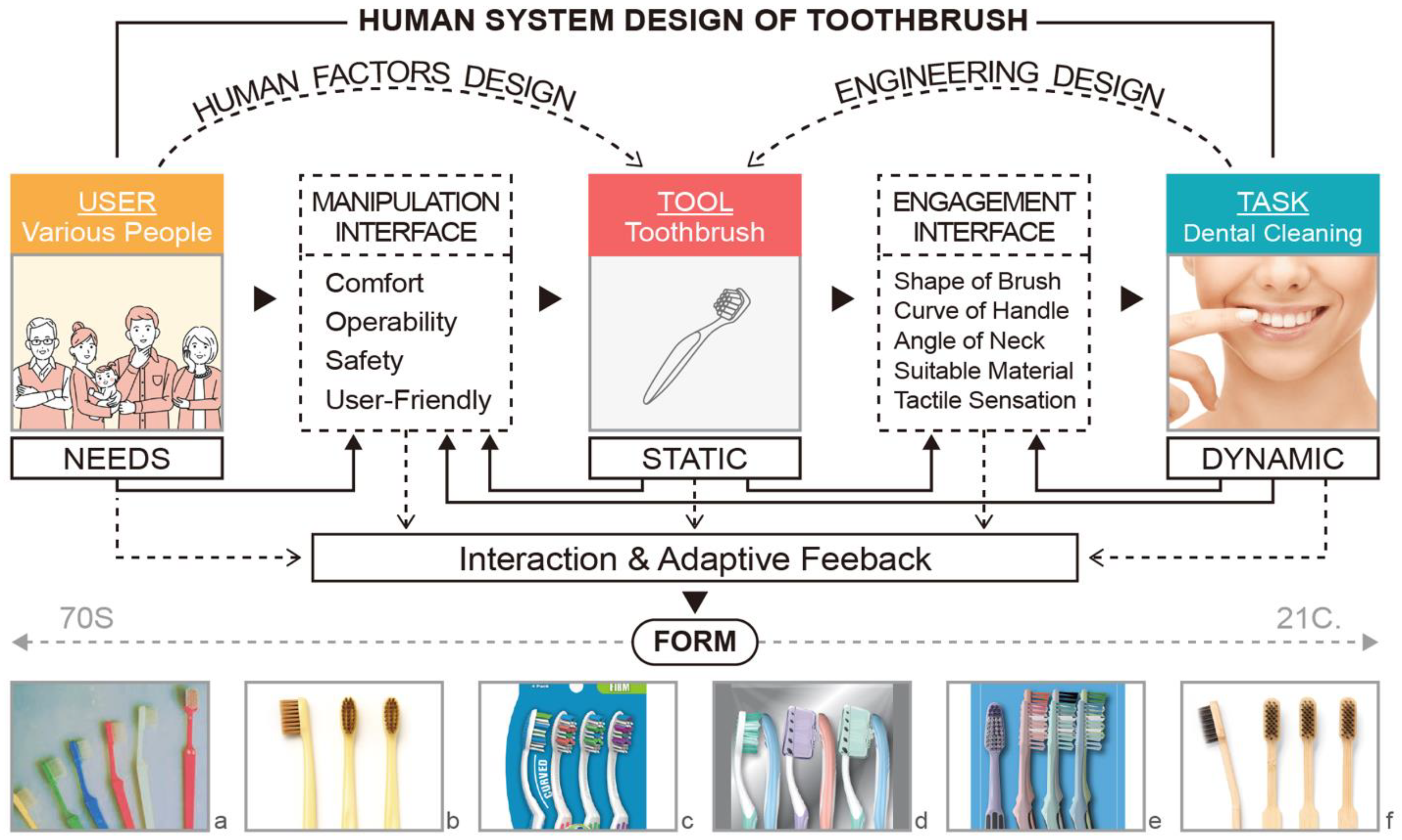
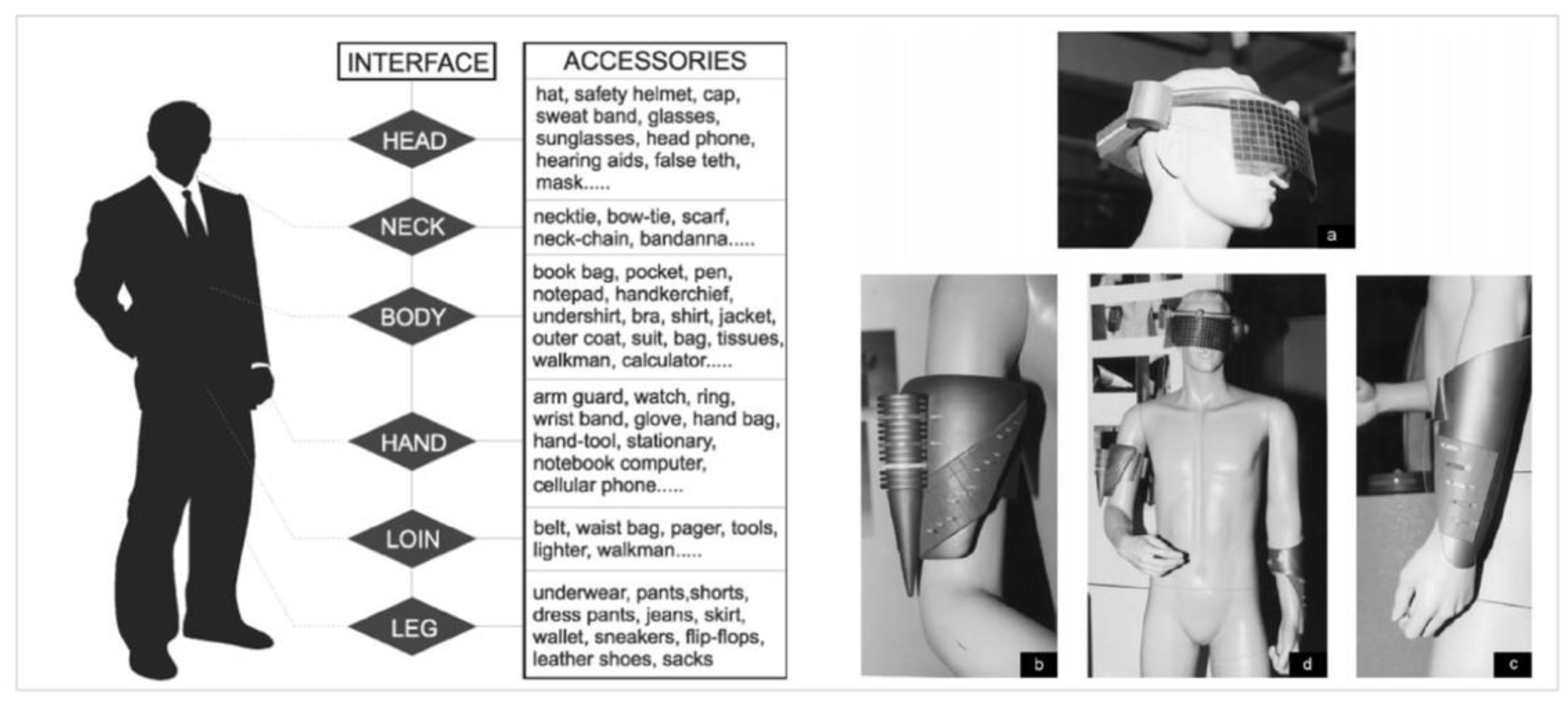
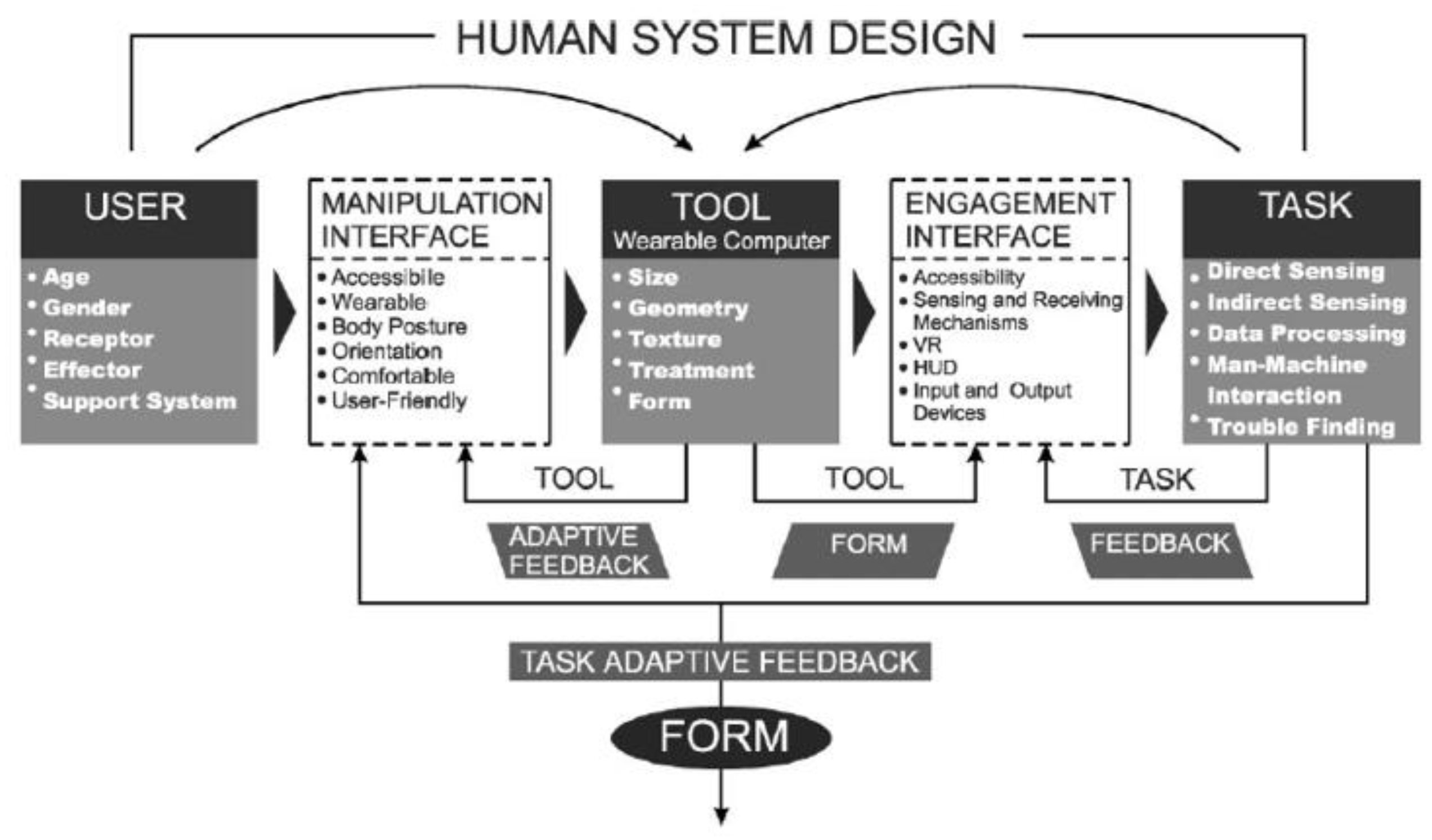

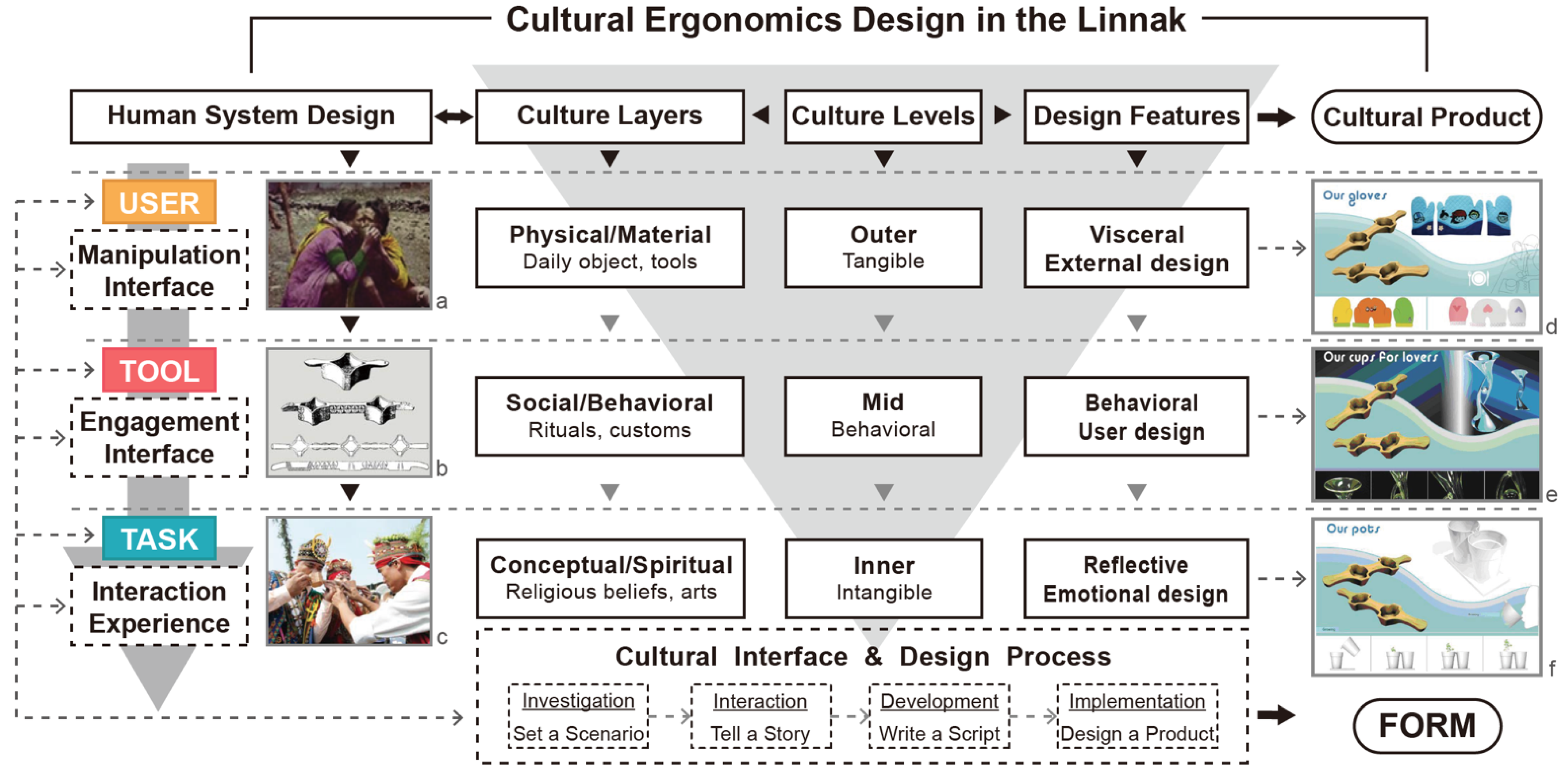

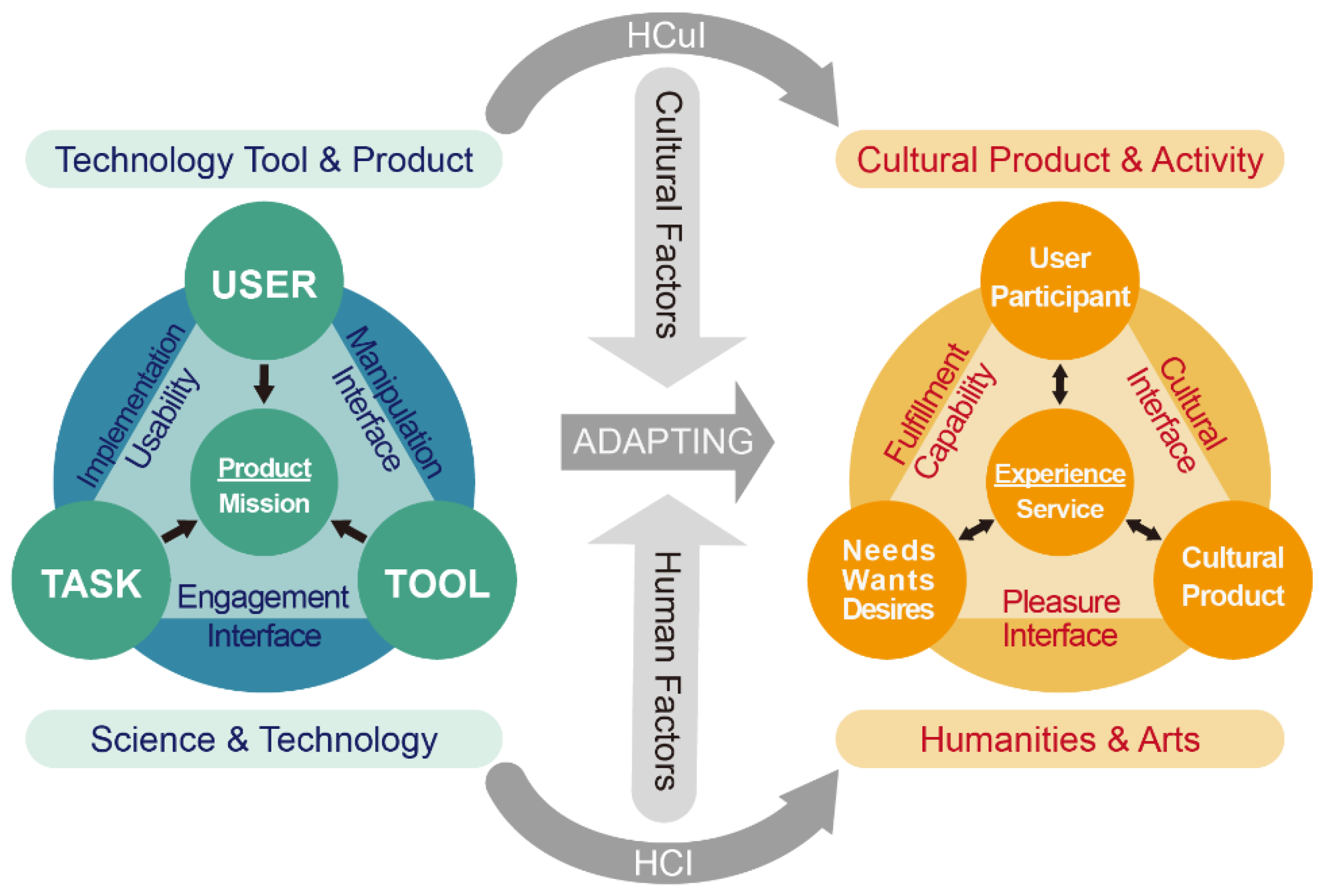

Publisher’s Note: MDPI stays neutral with regard to jurisdictional claims in published maps and institutional affiliations. |
© 2021 by the authors. Licensee MDPI, Basel, Switzerland. This article is an open access article distributed under the terms and conditions of the Creative Commons Attribution (CC BY) license (https://creativecommons.org/licenses/by/4.0/).
Share and Cite
Chiang, I.-Y.; Lin, P.-H.; Kreifeldt, J.G.; Lin, R. From Theory to Practice: An Adaptive Development of Design Education. Educ. Sci. 2021, 11, 673. https://doi.org/10.3390/educsci11110673
Chiang I-Y, Lin P-H, Kreifeldt JG, Lin R. From Theory to Practice: An Adaptive Development of Design Education. Education Sciences. 2021; 11(11):673. https://doi.org/10.3390/educsci11110673
Chicago/Turabian StyleChiang, I-Ying, Po-Hsien Lin, John G. Kreifeldt, and Rungtai Lin. 2021. "From Theory to Practice: An Adaptive Development of Design Education" Education Sciences 11, no. 11: 673. https://doi.org/10.3390/educsci11110673
APA StyleChiang, I.-Y., Lin, P.-H., Kreifeldt, J. G., & Lin, R. (2021). From Theory to Practice: An Adaptive Development of Design Education. Education Sciences, 11(11), 673. https://doi.org/10.3390/educsci11110673








